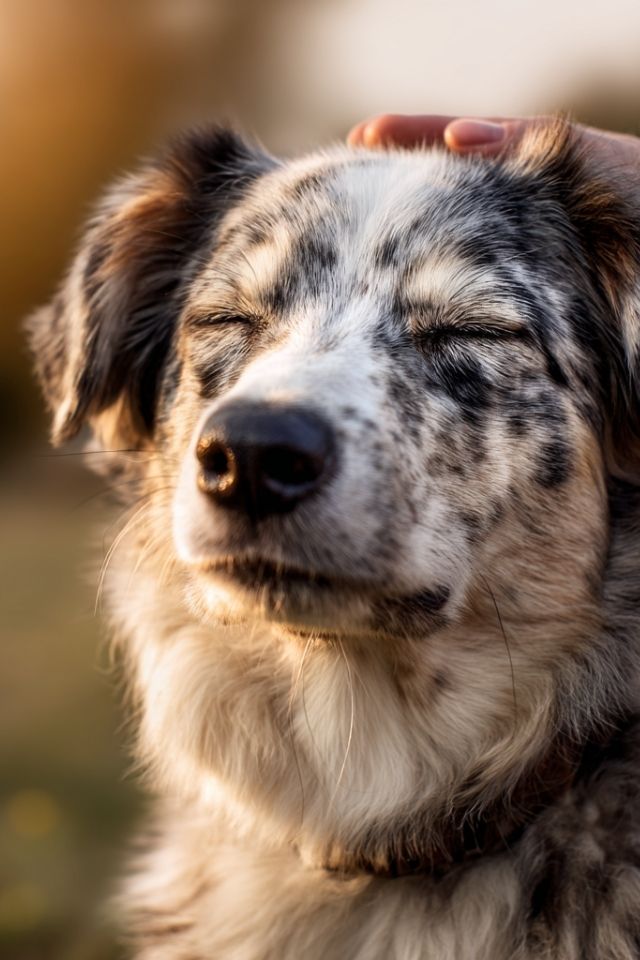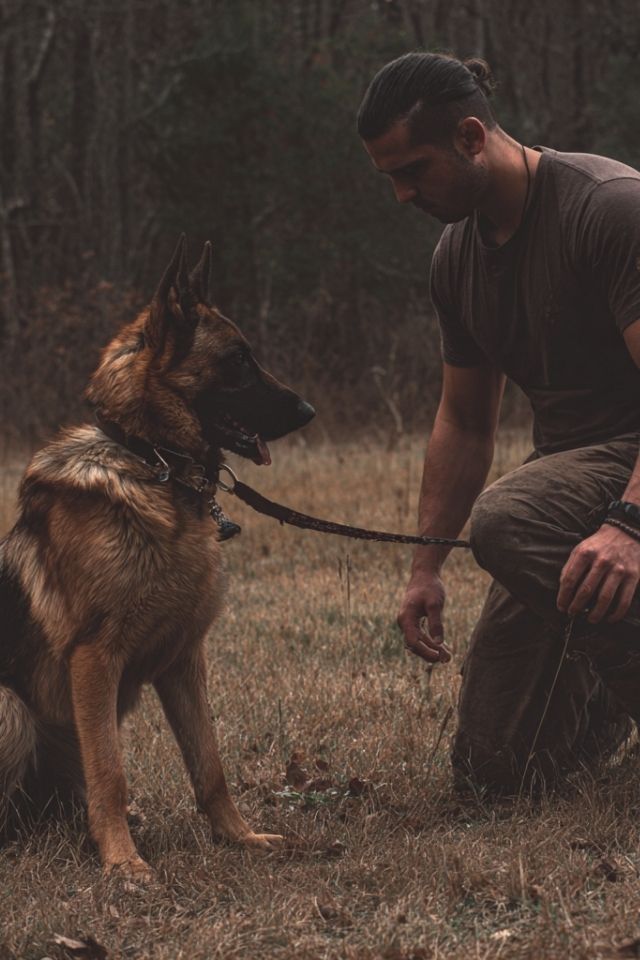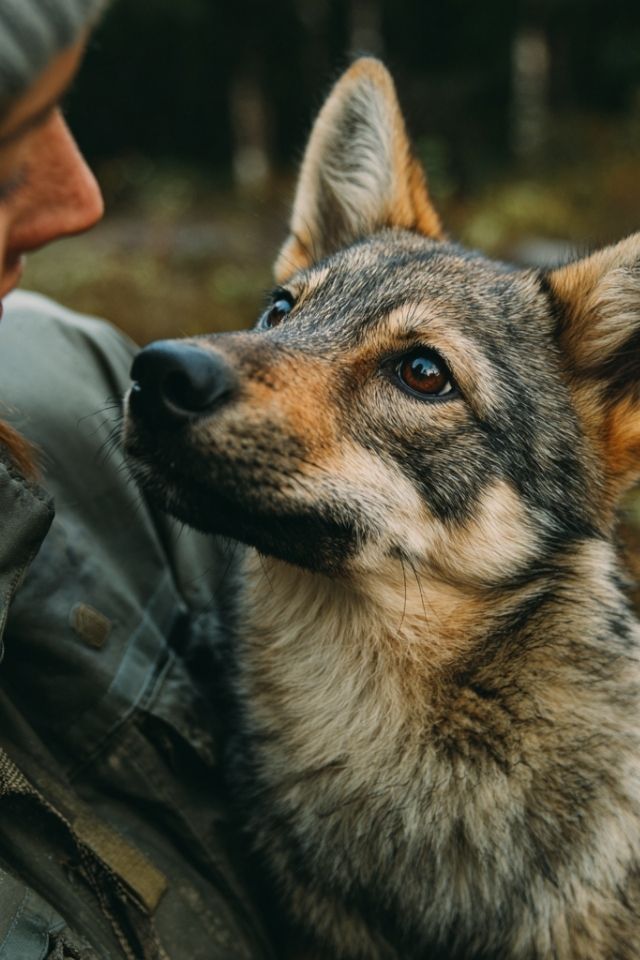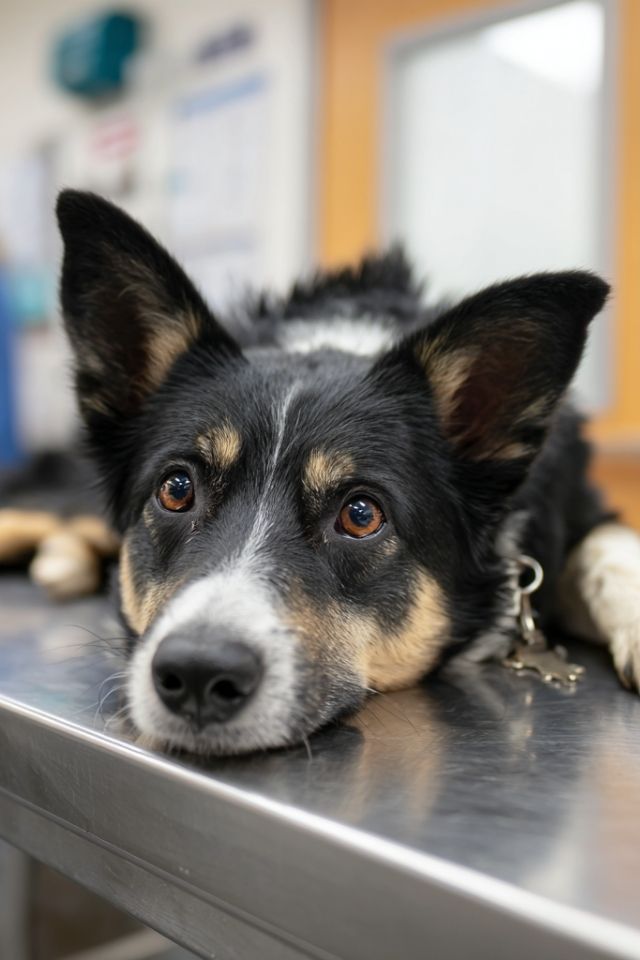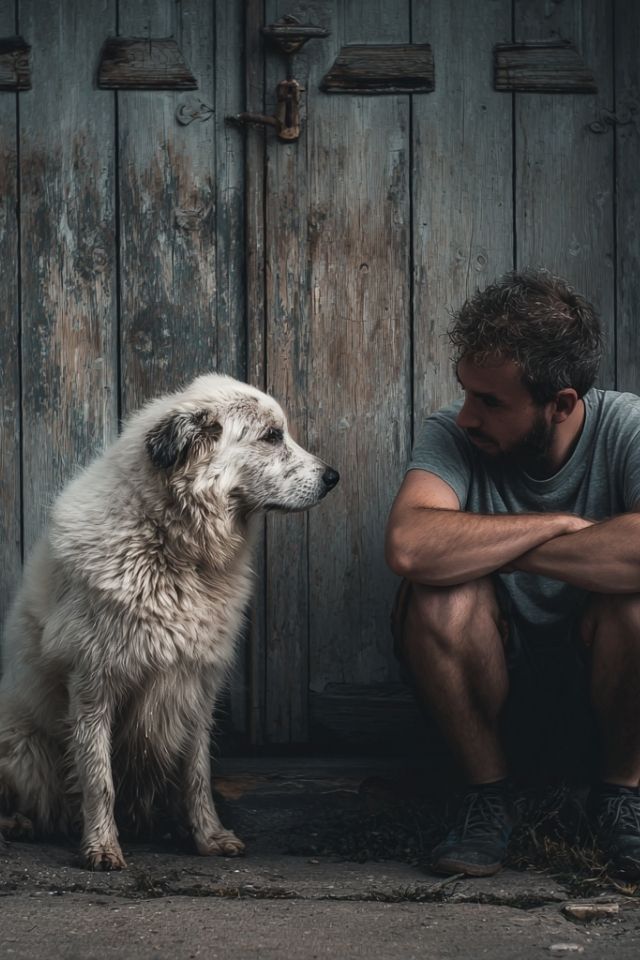Introduction
Travel should be an adventure shared with your furry companion, yet for many dogs, journeys trigger profound stress that disrupts their most basic needs. When your normally food-motivated pup refuses meals or paces through the night in unfamiliar places, you’re witnessing travel anxiety at its most challenging.
Research shows car journeys alone can trigger significant cortisol increases, fundamentally altering your dog’s stress response system. Let us guide you through understanding these reactions and, more importantly, how to help your four-legged friend find peace on the road. Whether planning a weekend getaway or cross-country move, addressing travel anxiety preserves the trusting relationship you’ve built together 🐾
Understanding Your Dog’s Travel Response
Behavioral Signs You Can’t Ignore
Not all dogs experience travel the same way. While some dogs internalize stress, others express it through observable actions. Whining becomes their vocabulary of distress, lip licking signals self-soothing attempts, and repetitive yawning isn’t tiredness—it’s their body managing overwhelming sensations. These behaviors collectively paint a picture of genuine emotional distress that goes beyond simple nervousness.
Silent communication often speaks loudest during travel anxiety. Excessive panting in comfortable temperatures, drooling without food present, or unexplained trembling—these are your dog’s ways of expressing overwhelm. Some dogs become unusually quiet, exhibiting “learned helplessness” where they’ve given up trying to communicate their distress.
Your dog’s individual temperament significantly influences their travel response. Just as some humans are natural adventurers while others prefer familiar comforts, dogs exhibit varying degrees of resilience to environmental changes.
The Science Behind the Stress
When your dog refuses that favorite treat during travel, their body is orchestrating a complex stress response. The hypothalamic-pituitary-adrenal (HPA) axis becomes hyperactive, flooding their system with cortisol and adrenaline. These hormones don’t just create anxiety—they suppress appetite as an adaptive mechanism inherited from ancestors who needed alertness over food in dangerous situations.
Sleep disruption follows a similar pattern. Persistent HPA axis activity prevents the natural downregulation occurring during restorative rest. Your dog’s brain remains vigilant, unable to achieve slow-wave sleep necessary for recovery. This creates a vicious cycle—stress disrupts sleep, and poor sleep amplifies stress responses.
The amygdala, governing fear and anxiety, becomes hypersensitive during travel. This heightened state means every unfamiliar sound or smell registers as a potential threat, maintaining arousal levels incompatible with normal eating and sleeping patterns 🧠
Building Travel Resilience Through Training
Foundation Work Before the Journey
Creating positive travel associations begins long before your trip. Desensitization forms the cornerstone of preparation—gradually exposing your dog to travel stimuli in controlled, positive contexts. Start by sitting in the stationary car together, offering treats and praise. Progress to short engine-running sessions, then brief drives around the block. Each successful experience builds confidence, creating new positive associations.
Counterconditioning transforms emotional responses to travel triggers. Pair previously stressful stimuli with highly valued rewards. That suitcase that once predicted abandonment becomes a signal for special treats. The car door opening transforms from threat to opportunity. This emotional reconditioning requires consistency but yields profound results.
Your emotional state directly influences your dog’s anxiety through emotional contagion. Dogs interpret your tension as danger confirmation. Practicing calm, confident energy provides the emotional scaffolding your companion needs to feel secure.
Creating Predictable Travel Routines
Portable rituals provide emotional anchoring amid travel chaos. Establish consistent routines transcending location—a special “travel mat” becoming their safe space, maintaining regular feeding times despite time changes, or specific calming activities at rest stops. These predictable touchpoints ground your dog in familiarity.
Scent anchoring leverages your dog’s primary sensory system. Bringing items smelling like home—unwashed bedding, your worn shirt, favorite toys—provides olfactory continuity that activates comfort responses in the limbic system. The power of routine extends to your behavior: maintaining consistent interaction patterns reinforces that while environments change, your relationship remains stable 🧡
Managing the Journey: Practical Strategies
Strategic Travel Planning
Frequent breaks serve multiple needs beyond bathroom requirements. Every two hours, your dog needs opportunity to move, sniff, and process the journey. Quality matters more than quantity—fifteen minutes of off-leash exploration in a secure area far exceeds five minutes in a parking lot.
Modified exercise routines accommodate travel constraints while meeting physical needs. Vigorous fetch at rest stops substitutes for neighborhood walks, burning anxiety-fueling energy. Mental stimulation becomes critical when space is limited. Puzzle feeders transform mealtime into engaging activities, redirecting anxious energy toward problem-solving.
Swimming offers particular benefits for travel-anxious dogs. The rhythmic nature induces a meditative state while providing full-body exercise. Many dogs refusing food after car travel eagerly eat following swim sessions, as physical activity naturally stimulates appetite while reducing cortisol.
Nutritional Support During Travel
When your food-motivated companion refuses meals, they’re experiencing physiologically-driven appetite suppression. Stress hormones directly interfere with hunger signals while slowing digestion. This isn’t willful refusal—it’s their body prioritizing perceived survival.
Gradual reintroduction succeeds where forcing fails. Offer small amounts of highly palatable foods—a tablespoon of boiled chicken, favorite treats, or peanut butter licks. Once accepting small offerings, gradually increase quantity. Time meals carefully: feeding 3-4 hours before departure maintains blood sugar without overwhelming stressed digestive systems.
Dehydration compounds travel stress, yet anxious dogs often refuse water. Flavoring water with low-sodium broth or offering ice cubes encourages consumption. Moisture-rich foods—canned food, rehydrated meals, frozen fruits—deliver hydration in appealing formats.
Medical Support and Interventions
Recognizing When Professional Help is Needed
While some travel stress is normal, certain signs demand veterinary intervention. Prolonged refusal to eat or drink exceeding 24 hours risks dangerous complications, especially in small breeds. Persistent vomiting, bloody diarrhea, or extreme lethargy suggest serious physiological consequences.
Behavioral emergencies warrant immediate attention. Self-injurious behaviors, panic severe enough to attempt escaping moving vehicles, or complete shutdown represent psychiatric emergencies requiring pharmaceutical intervention.
Certain conditions amplify travel stress impacts. Brachycephalic breeds face respiratory challenges when anxious, diabetics risk blood sugar fluctuations without eating, and seniors with cognitive dysfunction experience severe disorientation.
Evidence-Based Interventions
Medication isn’t failure—it’s compassionate care when behavioral interventions prove insufficient. Trazodone and gabapentin reduce anxiety without heavy sedation, allowing dogs to remain aware while feeling calmer. For severe cases, SSRIs like fluoxetine gradually rebalance neurotransmitters, reducing overall anxiety.
Cannabidiol (CBD) shows research promise, demonstrating reduced cortisol and stress behaviors during car travel. While not directly proven to restore appetite, CBD’s anxiety-reducing effects create conditions conducive to normal eating patterns.
Integrative approaches combining conventional and complementary therapies often yield superior results. Acupuncture, pheromone therapy, and pressure wraps provide non-invasive support complementing other interventions.
Prevention and Long-Term Management
Building Travel-Ready Dogs
Puppy experiences shape adult responses. Early, positive exposure to travel during critical socialization (3-14 weeks) creates resilient adults viewing travel as routine. Carrier training beginning in puppyhood transforms crates from confinement to comfort.
Daily routines influence travel readiness. Dogs with predictable, unchanging routines struggle more than those experiencing regular variety. Intentionally varying walks, feeding locations, and sleeping arrangements builds flexibility translating to travel resilience.
Regular mini-adventures maintain positive vehicle associations. Weekly car rides to enjoyable destinations prevent travel skills from atrophying while reinforcing that car rides predict good things, not just vet visits.
Special Considerations for Seniors
Senior dogs face unique challenges amplifying travel anxiety. Cognitive dysfunction affects spatial processing, making unfamiliar environments distressing. Sensory decline compounds stress as diminished hearing and vision make environmental assessment difficult.
Modified travel schedules respect senior limitations. Shorter travel days with extended rest acknowledge reduced stamina. Enhanced comfort measures—orthopedic beds, non-slip surfaces, ramps—address physical needs while preserving dignity.
Honest assessment determines when travel becomes unkind. Sometimes leaving seniors with trusted caregivers prioritizes their welfare over your desire for companionship. This isn’t abandonment—it’s love.
Conclusion: Making the Right Choice for Your Companion
Travel anxiety disrupting eating and sleeping represents a genuine welfare concern demanding thoughtful consideration. Through understanding the complex interplay of neurological, physiological, and environmental factors, you’re equipped to make informed decisions about your companion’s travel participation.
The journey toward travel comfort is rarely linear. Each small improvement—accepting treats during car rides, sleeping briefly in hotels, drinking at rest stops—represents meaningful progress. Your role as advocate means honestly assessing whether travel enriches or diminishes your dog’s quality of life.
Remember that addressing travel anxiety strengthens your relationship’s foundation. Your commitment to understanding their anxiety communicates that their emotional wellbeing matters as much as physical health. Whether working toward cross-country adventures or simply making vet visits manageable, let your dog’s wellbeing guide decisions. The best journeys are those enjoyed together, with tails wagging and hearts at ease 🐾
